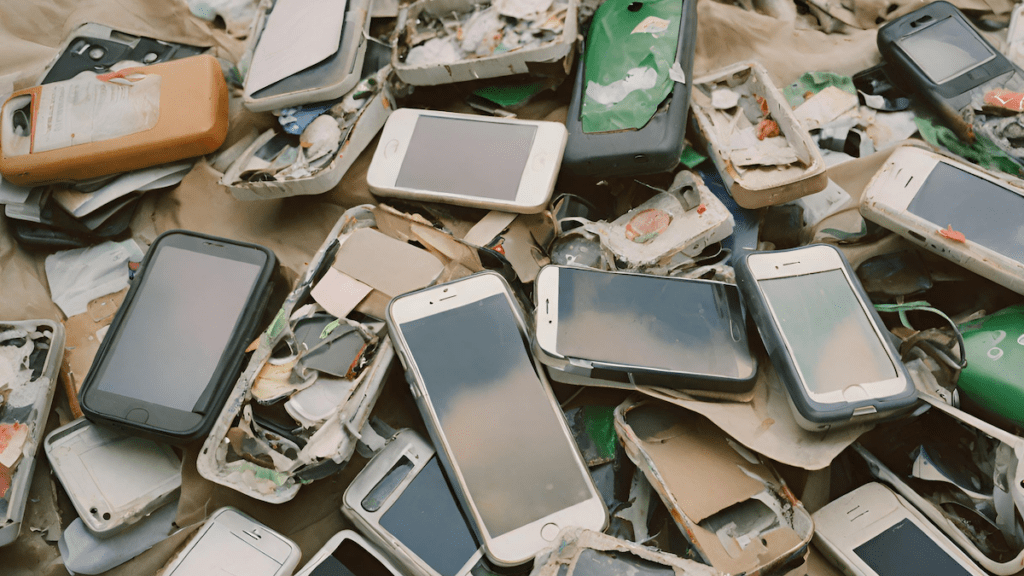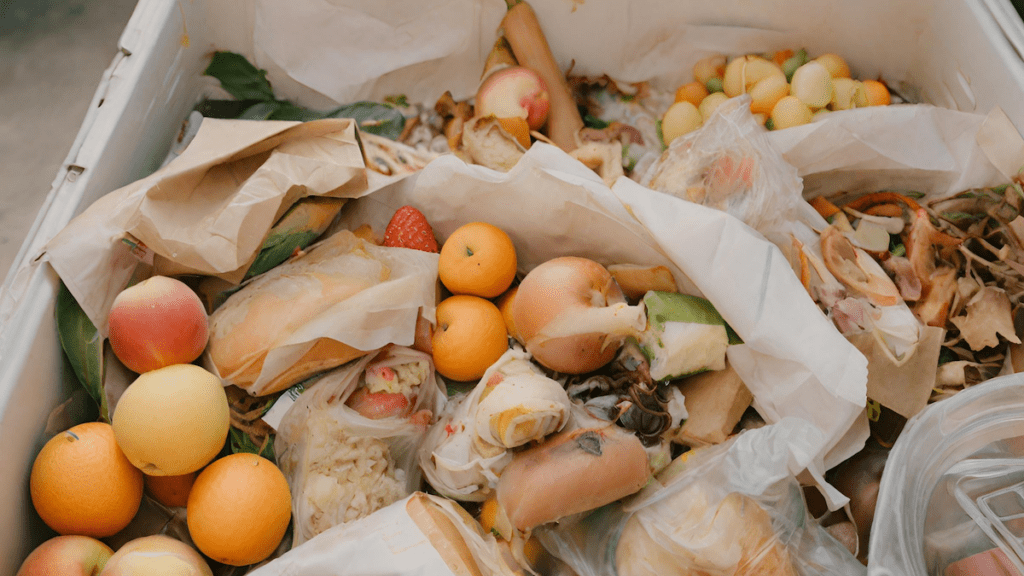The circular economy is a sustainable approach that aims to minimize waste and maximize the use of resources by promoting product longevity, reuse, recycling, and reduced environmental impact.
The concept of a circular economy is gaining increasing traction as a means to address the challenges of resource scarcity and environmental sustainability.
In a linear economy, products are manufactured, used, and discarded, leading to significant waste generation and the depletion of finite resources.
However, in a circular economy, the focus is on designing products with longevity in mind and promoting practices that maximize resource use while minimizing waste.
A range of examples illustrates this approach, from upcycled fashion and closed-loop textile recycling to remanufacturing and the sharing economy.
Circular Economy Examples
Upcycled Fashion
Upcycled fashion is a sustainable trend in the apparel industry that takes discarded clothing and textiles and transforms them into new, fashionable pieces.
This approach not only reduces textile waste but also promotes creativity and craftsmanship.
For instance, companies like Patagonia repair and resell used outdoor gear, extending the lifespan of their products and reducing textile waste.
Closed-Loop Textile Recycling
Eileen Fisher’s “Take Back” program showcases a closed-loop system in fashion. It involves collecting old garments from customers, disassembling them, and using the materials to create new clothing.
This initiative not only reduces the fashion industry’s environmental footprint but also highlights the potential for circularity in the world of apparel.
Electronic Waste Recycling

Many electronics manufacturers, including Apple, now offer trade-in programs for old devices. These programs encourage customers to return their old gadgets, which are then refurbished and resold.
The company Fairphone, creates products that are meant to extend the lifespan of electronic products and reusing their components, electronic waste is significantly reduced.
Reusable Packaging
Businesses, such as TerraCycle, Loop, RePack, offer reusable packaging systems where customers receive products in containers that are returned, cleaned, and reused, reducing single-use packaging waste.
Refill + Reuse Products
For years, cleaning product bottles were designed for single use and then disposal.
Companies like Method have since introduced a new chapter, starring sleek aluminum bottles paired with concentrated refill pouches.
The innovative system saves over 96% of the plastic compared to Method’s traditional single-use plastic bottles each time the aluminum bottle is refilled with all-purpose cleaner or foaming hand wash.
The bottles are crafted from infinitely recyclable aluminum while the pouches use 60% less plastic than a typical jug. Together, the bottle and refill offer an endlessly reusable solution that keeps plastic waste out of oceans and landfills.
Plaine Products is another company in this space. They designed a sustainable packaging initiative that encourages customers to participate in a packaging revolution.
Customers are asked to order products in refillable bottles, replacing the lid with a pump. When low on the product, they can order a refill or subscribe for scheduled deliveries.
Empty bottles can be rinsed and returned in a provided box with a prepaid return label. The goal is to reduce waste and conserve resources through reuse.
Food Waste Reduction

Apps like Too Good To Go tackle the issue of food waste by connecting consumers with surplus food from restaurants and grocery stores. Users can purchase these items at a reduced price, diverting edible food from landfills.
This not only reduces food waste but also saves consumers money and supports sustainability in the food industry.
Biomaterials and 3D Printing
A growing trend in the circular economy is the use of biodegradable materials in 3D printing. For instance, mycelium-based packaging and products are becoming popular alternatives to traditional plastics.
These biomaterials are sustainable and can be easily composted at the end of their useful life, reducing plastic waste.
Rental and Sharing Economy
Sharing of products through websites like FriendWithA, enable individuals to share resources and reduce the need for new products.
Car-sharing services like Zipcar and Turo promote shared vehicle usage, reducing the number of cars on the road and the resources required for manufacturing and maintenance.
Shared commercial kitchens like Kitchen United rent out fully equipped cooking spaces to food businesses.
These examples illustrate various approaches to creating a circular economy, where products and resources are used efficiently, waste is minimized, and environmental impact is reduced. The circular economy is a key strategy in addressing sustainability challenges and conserving resources for future generations.








